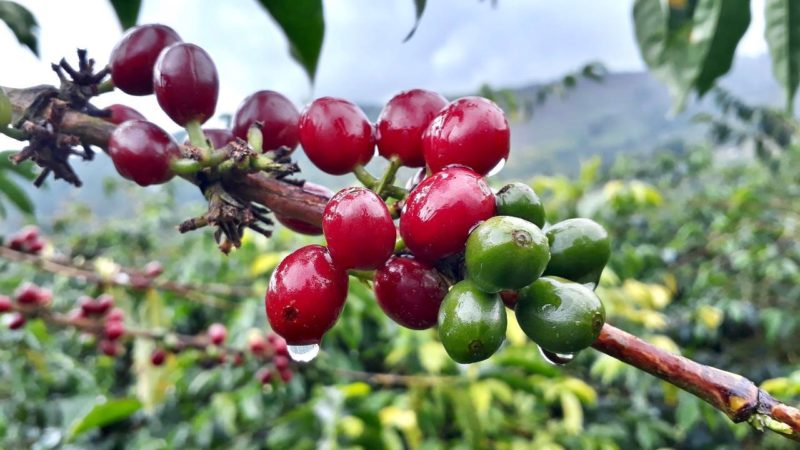Where does the acidity of coffee come from?
This is a common question, especially for newcomers to coffee as a hobby. Many people who are used to drinking really dark-roasted coffee with a strong aroma and soft bitterness are often surprised by the refreshing and sharp acidity that is characteristic of light-roasted coffee. The balance of acids largely determines the taste and character of the coffee’s flavours. Where does this acidity come from?
ACIDS
The main acids in coffee are chlorogenic acids, which provide much of the acidity and antioxidants in a cup of coffee. When the beans are roasted, about half of these acids are broken down, resulting in the formation of quinic and caffeic acids.The quinic acid is an important factor in cup quality and coffee flavour, adding bitterness and pungency. It also produces antioxidants in coffee. Caffeic acid is an active antioxidant that is also found in wines. Other acids in coffee include citric acid, acetic acid, malic acid, phosphoric acid and tartaric acid. Because of these acids, some coffees have citrusy, green apple or grape notes and a pearly acidity.
ROAST
The acidity of coffee changes depending on the degree of roasting. When green beans are roasted, the organic acids originally present in the beans undergo chemical changes due to heat, and various acids are broken down and produced. As roasting progresses, the total amount of acids increases, but if roasting continues at a high temperature, the thermal decomposition of the acids proceeds to a certain point and the acidity decreases. This is the reason why light roasts are more highly acidic, while darker roasts are milder in this respect.
WATER
The water used influences how acidity comes out and the acidity of the coffee also changes with the water. This can be seen when extracting exactly the same coffee using the same method, but even in a different location where tap water concentrations can be different. This is due to the pH and the minerals in the water. A good result is obtained by using neutral water with a pH of 7.
In particular, the calcium and magnesium content of the water is an essential part of coffee brewing; they balance the flavour of the coffee and help extract the best qualities from the coffee. Calcium is said to bring out the strength of the coffee and magnesium the fruity acidity. However, if there is too much magnesium and calcium in the water, the water is too ‘hard’. Hard water, on the other hand, impairs the extraction of the coffee, so a longer extraction time or finer grinds can help make the final result more pleasant to the palate.

In addition to acidity, the balance between each element, such as sweetness, bitterness, smoothness and aroma is also very important. The taste of coffee varies greatly depending on the soil, climate, processing and roasting methods of the production area. After all, you can only find your favourite flavour, extraction method and coffee variety by trying it!
Reference: Kingston, L., Näin syntyy kahvi – tiedettä pavusta
Learn about different coffee varieties
Comments (0)
Leave a reply
You must be logged in to post a comment.


